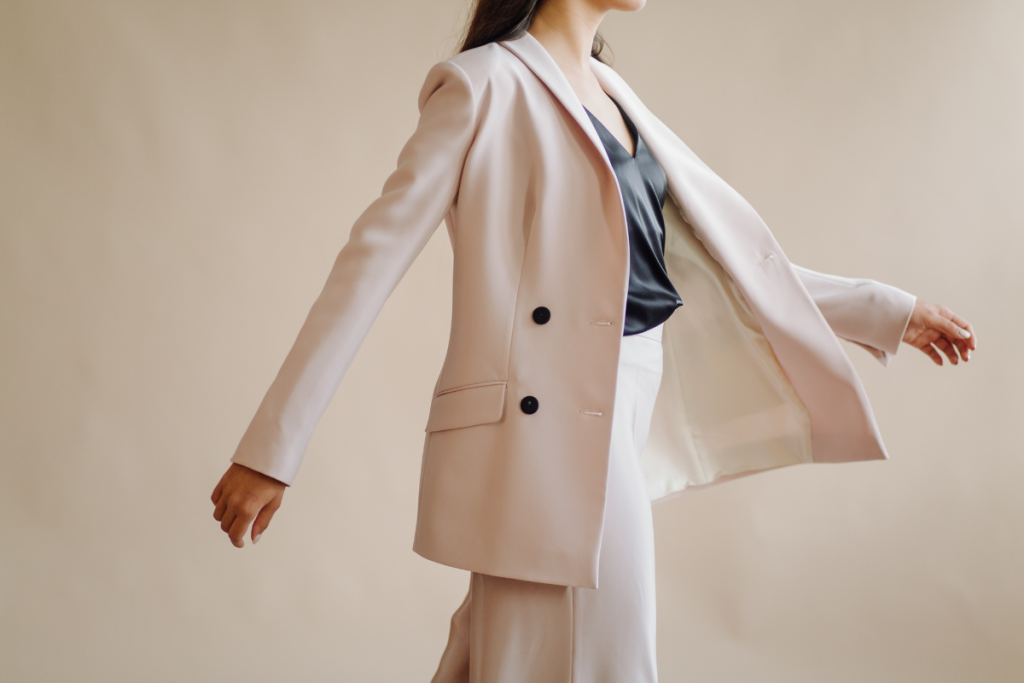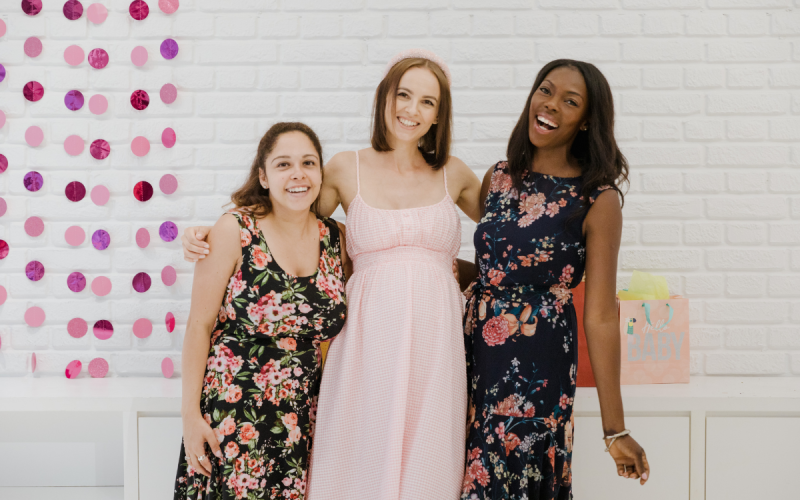In a culturally rich and cosmopolitan city like Singapore, fashion does more than just make a statement — it reflects identity, respect, and an understanding of the social environment. From professional boardrooms to festive hawker centre gatherings, Singaporean women navigate a diverse tapestry of dress codes that balance style, comfort, and cultural sensitivity.
This guide explores women’s dress codes for a variety of occasions in Singapore, offering insights into not just what to wear, but why it matters. Whether you’re a local looking to refine your wardrobe or an expatriate seeking guidance, this guide provides practical yet elegant suggestions to help you dress appropriately and stylishly for every setting.
Corporate and Business Attire: The Power of Professionalism
Understanding the Singaporean Corporate Aesthetic
Singapore’s business landscape is influenced by global standards, particularly Western business etiquette, but local cultural nuances still play a key role. In professional settings, dressing well is seen as a sign of respect, competence, and attention to detail.
Recommended Styles:
- Tailored dresses or skirt suits in neutral colours like navy, grey, beige or black.
- Blouses with conservative necklines, paired with pencil skirts or dress trousers.
- Closed-toe shoes, preferably low to mid-heeled pumps.
- Minimal accessories and light, natural makeup.
What to Avoid:
- Overly bright or flashy colours in formal meetings.
- Sleeveless tops unless layered with a blazer.
- Excessive jewellery or strong fragrances.
Tip: Air-conditioning is ubiquitous in office buildings, so carrying a stylish cardigan or shawl can be practical.
Casual and Smart Casual: The Singaporean Everyday
Singapore’s warm, tropical climate means casual wear must balance comfort and modesty, particularly in mixed social settings or public transport.
Everyday Casual
- Cotton sundresses, linen tops, or flowy skirts for breathability.
- Loose-fitting T-shirts and culottes are trendy yet comfy.
- Flat sandals, sneakers, or slip-ons are ideal for walking.
Smart Casual
For brunches, casual meetings, or gallery visits, smart casual calls for a bit more refinement.
- A knee-length dress, or blouse paired with cropped trousers.
- Accessories like a statement necklace or elegant watch elevate the outfit.
- Heeled sandals or ballet flats offer a polished finish.
Tip: When dining out, especially in upscale restaurants, always opt for smart casual unless the venue specifically indicates otherwise.
Formal and Semi-Formal Events: Dressing for Elegance
Semi-Formal (Cocktail)
This is common for work events, weddings, or gallery launches.
- Cocktail dresses, silk blouses with midi skirts, or jumpsuits are appropriate.
- Fabrics like satin, chiffon, or lace offer sophistication.
- Pair with clutch bags, heeled shoes, and tasteful jewellery.
Formal (Black Tie or Gala)
Singapore’s social calendar often includes charity balls, award ceremonies, or black-tie galas.
- Choose floor-length gowns or sophisticated evening dresses in elegant cuts.
- Rich colours like emerald, burgundy, or midnight blue are popular.
- Think glamour with restraint — luxurious but not overly revealing.
Tip: Always check the dress code on invitations. The line between semi-formal and formal can be subtle, so when in doubt, lean towards more polished.
Wedding Guest Attire: A Cultural Balancing Act
Singapore is home to diverse communities — Chinese, Malay, Indian, and Eurasian — each with unique wedding traditions and expectations.
General Etiquette:
- Avoid white, which is traditionally reserved for the bride.
- Red may be encouraged in Chinese weddings, symbolising luck and happiness.
- Avoid black or dark colours in Malay or Chinese weddings, which may be associated with mourning.
For Different Wedding Types:
- Chinese Wedding Banquets: A modest cocktail dress or cheongsam-inspired design works well.
- Malay Weddings: Consider long-sleeved dresses and longer skirts or dresses that fall below the knee. A light shawl may be appropriate for entering a mosque.
- Indian Weddings: Opt for bright colours, embroidery, and cultural pieces like a saree or lehenga if you have access to them.
Tip: When attending a cultural wedding, modesty is appreciated. If unsure, consult the hosts — they often welcome questions about appropriate attire.
Religious and Cultural Events: Dressing with Respect
Visiting Places of Worship
When entering temples, mosques, or churches, conservative attire is expected regardless of the weather.
- Long skirts or trousers and shoulder-covering tops.
- In mosques or Hindu temples, covering the head may be required.
- Remove shoes before entry.
Cultural Festivals
From Deepavali and Hari Raya to Chinese New Year, these festivals are often vibrant and family-oriented.
- Traditional wear like the baju kurung, cheongsam, or saree is commonly worn and encouraged.
- If you are a guest at someone’s home during these festivals, choose modest but festive attire in bright, cheerful colours.
Tip: It’s always appreciated when non-cultural participants make the effort to dress in traditional attire with respect and authenticity.
Outdoor Events and Activities: Function Meets Fashion
Given the city’s year-round humidity and periodic downpours, outdoor attire needs to be functional yet presentable.
For Day Trips and Picnics:
- Breathable fabrics like cotton or linen.
- Capri pants, midi skirts, or rompers.
- A wide-brimmed hat or sunglasses are both stylish and sun-smart.
For Outdoor Fitness or Walks:
- Singaporeans often wear athleisure when outdoors — leggings, tank tops, or sports tees.
- Modesty varies, but generally, activewear should still cover reasonably.
Tip: Always carry an umbrella — it can be a sunshade or shield against tropical rain.
Nightlife and Clubbing: Glamour with Confidence
Singapore’s nightlife scene ranges from elegant rooftop bars to dance clubs.
- Bodycon dresses, off-shoulder tops, or stylish jumpsuits are commonly worn.
- Opt for bold makeup, high heels, and a small handbag.
- Security and door policies at upscale bars may turn away guests in overly casual attire (e.g., flip-flops or tank tops).
Tip: Consider practicality if you’ll be out late or dancing — comfortable heels and a jacket for the taxi ride home can be lifesavers.
Travel and Airport Style: Comfort Without Compromise
Singapore’s Changi Airport is one of the best globally, and many locals travel frequently for work or leisure.
- Stretch trousers, soft knits, and layered outerwear are ideal.
- Slip-on shoes simplify security checks.
- A crossbody bag ensures essentials are secure and hands-free.
Tip: If you’re travelling on a full-service airline in Business Class, dress slightly more polished — avoid pyjama-style outfits or flip-flops.
Seasonal & Event-Specific Dress Codes
Singapore Fashion Week / Cultural Festivals
Events like Singapore Fashion Week, Art SG, or F1 parties attract international crowds.
- Be bold, trendy, and expressive, but still elegant.
- Statement pieces, unusual silhouettes, and experimental cuts are welcome.
National Day Celebrations
Wearing red and white, the national colours, is common and encouraged.
The Unspoken Codes: Modesty, Practicality, and Expression
While Singaporeans are known for being fashion-forward, there remains a baseline of modesty, especially in multicultural spaces. Dressing appropriately is not just about rules, but about mutual respect and understanding.
Singaporean women often master the art of layering, mixing local and global brands, and using accessories to transition from day to night. Pragmatism is a core part of fashion in Singapore — women are just as likely to have a Uniqlo piece in their wardrobe as they are a designer bag.
Conclusion: Dressing with Confidence and Cultural Intelligence

Singapore’s fashion landscape is both forgiving and refined — it celebrates individuality while honouring tradition. As a woman navigating different occasions, your wardrobe should be a toolkit that includes everything from breathable everyday wear to striking formal gowns. Most importantly, dressing well in Singapore is about feeling confident, showing cultural awareness, and adapting gracefully to the city’s multifaceted lifestyle.
With this guide in hand, you can now face any Singaporean occasion with both elegance and ease. Whether it’s a boardroom pitch, a temple visit, or a rooftop soirée, you’ll know just what to wear — and why it matters.

